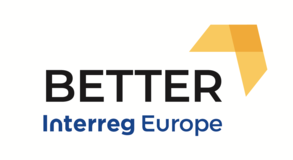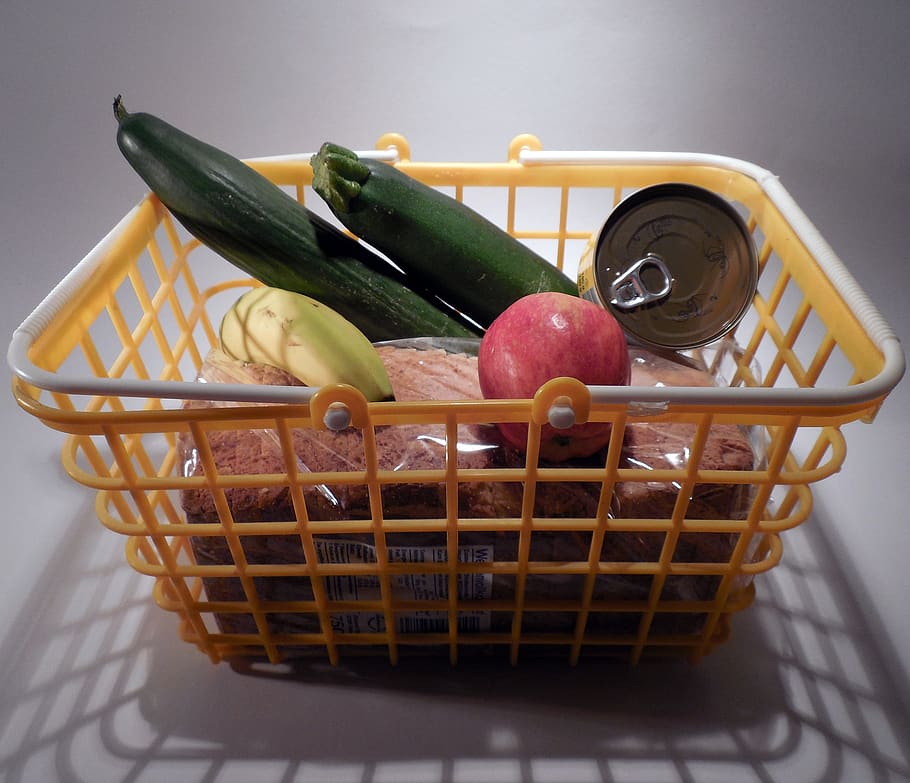
Cows wearing GPS collars and food vans predicting the locations of potential customers were just some of the good practices presented at the Better project thematic event in the week of 15th June 2020. The Better project – stimulating regional innovation through better e-government services -is funded through Interreg NW Europe. It brings together five European cities to exchange good practice on the latest application of digital development. This learning is then embedded in regional action plans. The project aims to develop policies that support local authorities to find digital solutions to deliver more efficient services. Additionally, these policies aim to create a better-connected digital infrastructure that will help SMEs grow their businesses by more effectively engaging with the innovation ecosystem.
Birmingham City Council (BCC) and West Midlands Innovation Alliance participated in three thematic on-line workshops:
- Building partnership for data collection: providing the evidence to stimulate effective working across public and private sector
- Data visualization: A way of effectively engaging with our citizens and across public and private sector
- Public Sector Reform: How can data be used to support the objectives of public administrations and foster more integrated working and management models?
Digital tech is certainly enjoying its zeitgeist moment. The pandemic has underlined the importance of smart, digital, flexible solutions. Solutions which provide continuity of services that do not put in jeopardy the health of municipal employees and citizens in metropolises. The event was an excellent opportunity to exchange good practice and determine which of the practices could be adopted in our cities.
Team Birmingham came to the discussions with several challenges we want to address:
1. Food distribution in the time of pandemics and beyond. BCC has been delivering food parcels for the clinically vulnerable shielding due to C-19.
2. Obesity levels in the city – nearly 25% of children are obese when they start school, rising to 40% when they leave primary school.
3. Better connectivity between data sharing platforms. Birmingham has a plethora of data sharing platforms including BCC’s GIS and Birmingham City University’s City Gate.
Some fantastic good practice examples were shared at the meeting. These include:
1. Gavle, Swedish data lake
https://www.gavleinnovationarena.se/GetStarted/Environment/Data%20lake
The digital data lake hosts the Gavle Innovation arena. This is essentially a community of entrepreneurs, researchers, students and organisations who meet and share a common goal of creating a sustainable and healthy society.
Information including traffic density, buildings, roads and air quality is shared and converted into bites. The data is accessible, open and easy to use. There is a reality test bed covering 3X3 km, with real conditions and real time data. It can be accessed through a visualisation platform and experienced through a 4G interactive model where simulations can be run. A geographical data zone mirrors data from a testbed and makes it accessible in a development environment.
Of most interest, is that the arena also has a policy lab with regulations information and is part of the innovation community where exchange of knowledge and experience is possible. It also has an area for project calls information and partnerships, plus challenges are posted by organisations, municipalities and researchers. An interesting case study was presented:
Food Test Case
Access to data was critical in the development of a novel food business in Gavle. Gavle used data collected from sensors around the city to predict where people were most likely to be at different points during the day. The model also relied on machine learning and lidar technology as a way of instructing a food van where best to park up to get most customers. This could be an interesting model for Birmingham to look at, particularly in the context of healthy food businesses disrupting an unhealthy food choice behaviour of citizens.
2. West Midlands 5G

Birmingham was proud to invite WM5G to the workshops. WM5G are currently engaged in ground-breaking work as the UK’s first 5G commercial application accelerator. Its 5PRING initiative is using 5G to help West Midlands businesses use 5G technology to help boost growth. WM5G have test-beds for a variety of settings including healthcare, transport connectivity, mobility, manufacturing, construction and lifelong learning. The organisation has created a connected map to ensure that every area will be 5G, identifying ‘not spots’ where there isn’t 4G coverage and then finding solutions to this gap. The project now has data from the whole of the West Midlands region and the team are developing the business case for each area to ensure that there is sufficient coverage going forward. Of course, the real value from providing connecting coverage for the region will come when regional players begin to identify how we can apply this infrastructure capacity to current problems and opportunities such as social health care, helping itinerant nurses etc.
3. The Birmingham Basket
 This project is harnessing the power of data to support a healthier, more sustainable food policy in Birmingham. One of the big questions the project is addressing is how to influence citizens to make healthier food choices and how can the food economy support a more sustainable model. The focus of the project’s approach has shifted from obesity to transforming the food system. By understanding how people are spending their money on food, the project aims to develop policies to foster better food choices. Birmingham organised the Great City Food Digital Treasure Hunt to gather digital data available through the web to increase our understanding of the food environment of the city. This was part of the Digital Leaders Week held in Birmingham and across the UK https://digileaders.com/week/.
This project is harnessing the power of data to support a healthier, more sustainable food policy in Birmingham. One of the big questions the project is addressing is how to influence citizens to make healthier food choices and how can the food economy support a more sustainable model. The focus of the project’s approach has shifted from obesity to transforming the food system. By understanding how people are spending their money on food, the project aims to develop policies to foster better food choices. Birmingham organised the Great City Food Digital Treasure Hunt to gather digital data available through the web to increase our understanding of the food environment of the city. This was part of the Digital Leaders Week held in Birmingham and across the UK https://digileaders.com/week/.
As in all projects, challenges are identified along the way such as how to gain access to purchasing data held on store cards which are not owned by supermarkets. Access to data is an integral part of helping the project unlock the levers to support citizens’ healthy food choices.
4. Metallica Concert, Tartu 2018
 Tartu, Estonia used the Metallica concert to collect data to test how well the city responded to a 65% hike in population over 24 hours. Tartu, the second largest city in Estonia, having a population of 100,000, is also the first carbon neutral city in the Baltics. It is a smart city, having sensors covering most areas to measure traffic flow, energy efficiency, noise levels and air quality. 500 e bikes also accommodated sensors to help measure traffic flow and routes inaccessible to cars.
Tartu, Estonia used the Metallica concert to collect data to test how well the city responded to a 65% hike in population over 24 hours. Tartu, the second largest city in Estonia, having a population of 100,000, is also the first carbon neutral city in the Baltics. It is a smart city, having sensors covering most areas to measure traffic flow, energy efficiency, noise levels and air quality. 500 e bikes also accommodated sensors to help measure traffic flow and routes inaccessible to cars.
Diverse data sets were collected from the event including a 36% increase in revenue from restaurants, 91% increase in total revenue for the city and 75% of fans came from Tartu’s closest neighbours. The data collection proved that Tartu had responded to the increase in visitor numbers swimmingly well. What the data will also be used to show through the continuing analysis as further data comes in is at what point the city will begin to struggle to cope when visitor numbers swell. Birmingham is hosting the Commonwealth Games in 2022. We have shared this information with the CW games team and it will be interesting to see how we fair when hosting such a prestigious and important event.
In Conclusion…
These were four interesting examples amongst many. The trick now is to see how we can use these examples to help us to move the digital agenda forward in our respective cities. Birmingham is arranging an on-line stakeholder group to identify the next steps in terms of linking some of the ideas to policy and funding opportunities.
And if you are wondering, the cows I spoke about in the introduction were part of an IoT livestock control project in Genoa, Italy. Bovines were fitted with collars with sensors and ear tags, and drones were used check on their whereabouts as they inhabit particularly rugged terrain. This helped the farmer to manage the livestock, of particular use when weather conditions are adverse. This was another interesting test case for the applicability of IoT and tech solutions to solve real life problems.
For further information, please contact: Heather.Law@birmingham.gov.uk





